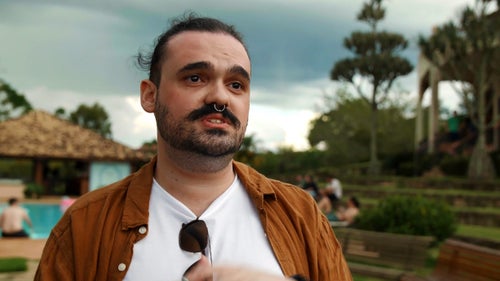A question many seem to be asking these days is ‘How exactly does Crossover work?’ Mircea Strugaru, Vice President of Engineering at Crossover paused to give us some insight from his home office in Romania.
Tell us about yourself?
I started coding when I was 12. My father headed up the Computer Science department at a nearby Romanian University and I have been interested in technology ever since. I started working in 2000 and after a decade of climbing the software engineering ladder, began to tire of the bureaucracy commonplace in large corporates and wanted a role where I could be creative and productive again. My only limitation was that I didn’t want to have to move from my home in Romania, to Seattle or Dublin, to be able to work with world giants like Google or Microsoft.
When I met CEO of Crossover, Andy Tryba, he explained his vision for Crossover and the company he was building. I understood the logic model and met other key players, including COO Andy Montgomery, and my decision was made. Three months later I started as the VP of Engineering at Crossover.
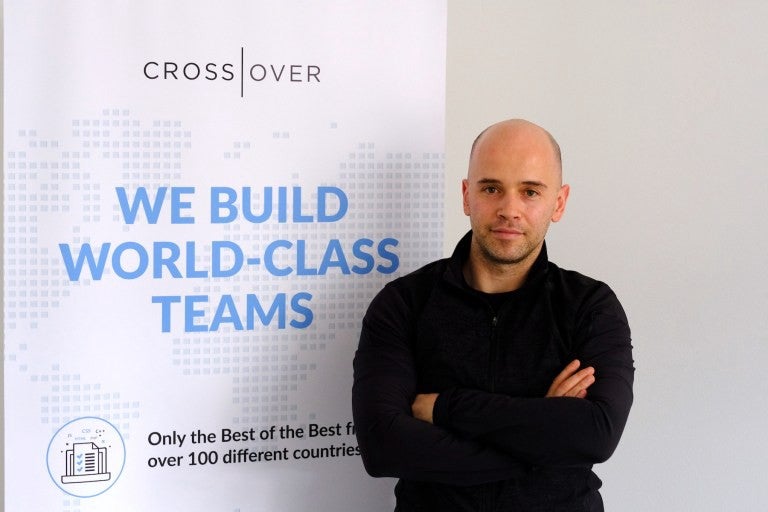
Mircea Strugaru — VP of Engineering at Crossover
What does your job entail?
I do a few things in parallel. Firstly, I’m responsible for running the software engineering for some of the ESW Capital companies. ESW own 68 companies including Crossover, EngineYard, and DNN, and are acquiring a new software company every week.
Secondly, I oversee maintenance for the central group which involves managing 130 engineers responsible for all companies and products. Essentially this is the engine room of the Crossover factory. We create large teams and we run them using our proven tool, Worksmart Pro, which continuously improves how we work.
Thirdly, my role is cross-functional role which involves the deployment of end-to-end processes like customer issue resolution, defect resolution, roadmap to release, recovery for outage, and more. The challenge here is to build solutions that span across and unite more than one function, allowing optimization at a team level.
What happens after ESW acquires a software company?
We restructure and improve it in line with our standardized model for software products. Integrations and continuous deployment pipelines are run with the same technologies and in the same way. Only dockerized products run in all our containers in our production and dev environments and all database technology gets changed to Amazon Aurora as we deal solely with cloud-based products.
How is Crossover transforming companies and teams?
As part of the acquisition process of a new company or product, we set about identifying talent from the current team and inject proven talent from Crossover to increase the overall caliber of the team. Crossover’s company mission is to work with the top 1% of talent from around the world and we’re pretty good at achieving that.
All companies we acquire, have at best, a division between QA and development. There are developers and testers and that’s all the segmentation they have in software engineering. We go further with 4 major internal software factories namely, Feature, Faster, Easier, and Maintenance. Performers within the current company are moved into one of the teams and a pairing work program is run to ensure that knowledge is spread across the entire group.
Teams are measured with a single metric and share a common process. Imagine 80 products with 130 developers all over the world with exactly the same process, quality bar, and SLAs across all products. This is what’s generating economies of scale and we’re becoming very very productive.
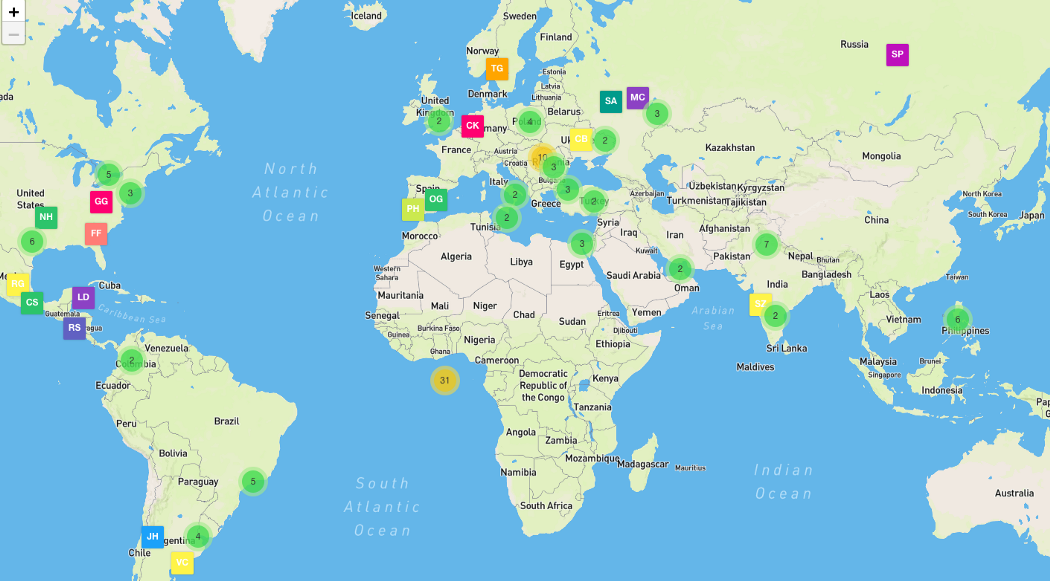
Crossover partners around the world
Can you quantify this with an example?
Our mantra, which is very rarely missed, is that we improve by 25% quarter over quarter (Q/Q). So, if you’re running compliance on a team, you’re expected to deliver at least a 25% cost per unit reduction which results in your team being 25% more productive. If this is done for a year, the net gain is that you’re double as cost-effective and/or productive.
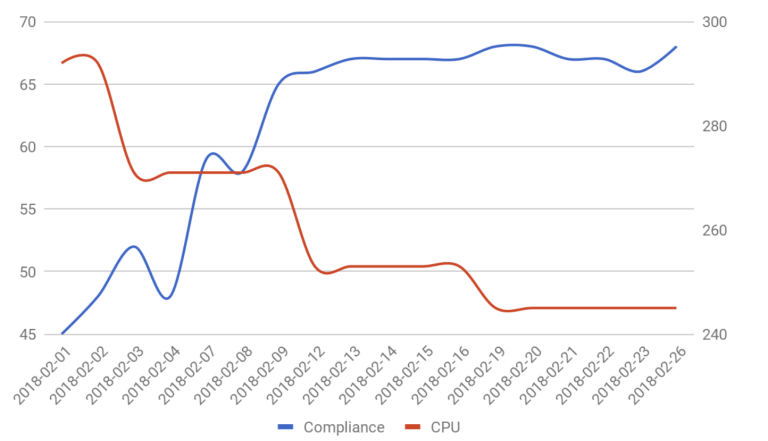
Example: Compliance program that decreased CPU
An example from a compliance program demonstrates; Our time-motion studies showed that for every defect we were attempting to reproduce, 1 full day was spent on attempting to reproduce the defect. By enforcing a quality bar on that defect we saved 90% of 1 day. Multiplied by 130 engineers over a year the dollar savings are significant as illustrated on the graph.
Why does Crossover work?
Firstly, we work at scale with hundreds of people doing different specialized tasks. However, we always strive for is simplicity. People over-engineer and build complexity that isn’t needed. Software gurus like Martin Fowler advocate adding complex design only when necessary, not before, and we do this very well. We keep simplicity in our software, our deployment, our team organization, and our metrics. Simplicity allows us to debug more easily, make decisions quicker, and allows us to focus on what we need to pay more attention to. We only add complexity if we get a 10 times improvement in performance. That’s our key guiding principle.
Secondly, measurement of everything we do is key to understanding how we can ensure continual improvement. We use Worksmart Pro for measuring productivity, focus, and intensity of each individual on the team. I’ve seen some of my start-up friends installing tools similar to Worksmart Pro and realizing they are wasting a third of their time on Facebook and other non-work related tasks. They realize they’re doing it because their processes aren’t automated and they’re filling time doing random stuff instead of working on what really matters. So measurement is an important tool which is applicable to absolutely everyone at Crossover.
The third thing is automation. Huge improvements are achieved if you automate everything you do. From a focus point of view alone, it saves developers losing focus by constantly switching activities. If you only need to click on a couple of buttons, you can write a script and automate that process once, which adds up to hours saved when calculated over an entire year.
Do you have advice for software engineers wanting to be a global player?
Join Crossover! Exposure is important. You need to be exposed to projects which are using cutting-edge technology. There’s a certain attitude where companies and managers feel comfortable, not wanting to fix too many defects for fear of breaking the product. They’re unwilling to innovate, to drive progress and to drive improvement.
Leave your comfort zone and don’t settle for ‘good enough’. This is a sure way to becoming non-competitive and how not to be part of the best in the world. Imagine how many days Elon Musk or his direct reports might have sat in a comfort zone for past couple of years? Probably not a lot! If you think you have what it takes to be part of our world class teams at Crossover, please contact us or view our available job opportunities.
Interview conducted by Sinan Ata, founder of Remote Tips and Director of Local Operations at Crossover. Sinan’s full interview with Mircea can be read here.

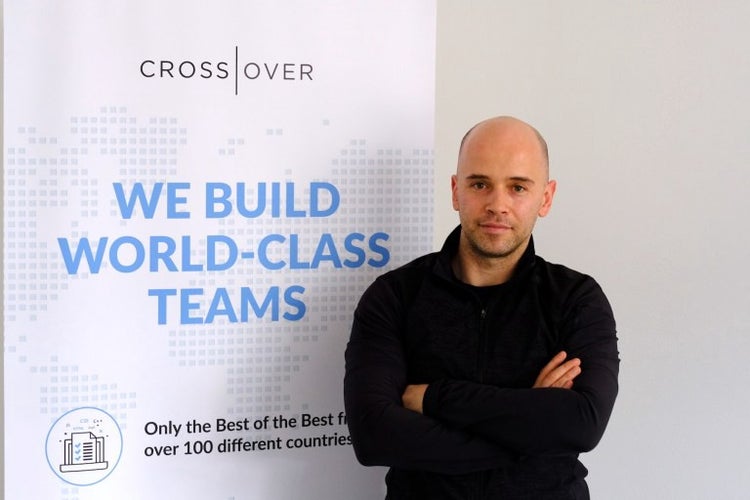




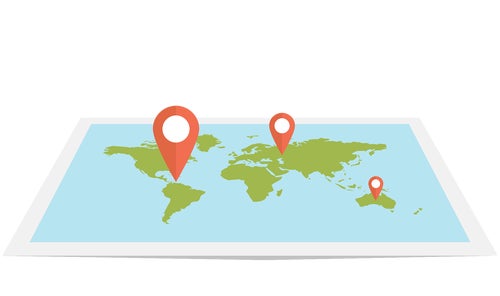








![The Crossover Cognitive Aptitude Test [Official CCAT Guide]](https://assets-us-01.kc-usercontent.com:443/7beb5311-75a4-0049-50f5-8f58fd55aba7/57f22476-19f4-4309-a615-a27b35061cda/CCAT_Guide_Header2.jpg?fm=jpg&auto=format&w=500&h=500&fit=clip)


